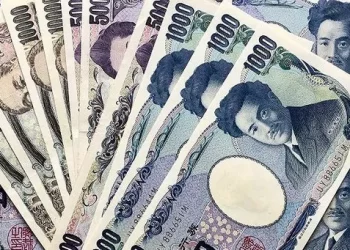1. The bullion Standard and decisions under the Gold Standard Under the bullion standard, gold was rarely used directly as a means of circulation and payment.
The vast majority of gold bullion is controlled by the government, and its free import and export is affected.
Similarly, under the gold exchange standard, gold reserves were concentrated in the hands of the government.
In daily life, gold no longer functions as a means of circulation, and its export is greatly restricted.
In both systems, it is determined by the gold ratio represented by paper money, which is called the legal parity.
Legal parity is also a form of gold parity.
Fluctuating around the legal parity due to supply and demand.
But at this time, exchange rate volatility is no longer affected by the gold delivery point.
The premise of the existence of gold transport point is the free export of gold.
Under the bullion standard and the gold exchange standard, the gold transmission point virtually ceased to exist because of restrictions on the import and export of gold.
Under the two weakened gold standards, the gold bullion standard and the gold exchange standard, the gold parity was still the basis for determining the exchange rate, but the range of exchange rate fluctuations was regulated and maintained by the government.
The government maintains the stability of the exchange rate by setting up a stabilization fund.
When the exchange rate rises, they sell foreign currency;
When the exchange rate falls, they buy foreign currency in order to limit the exchange rate fluctuations within the permissible limits.
Obviously, compared with the gold standard system, the exchange rate stability under the gold bullion standard and gold exchange standard has been reduced.
2. Determination of exchange rate under paper currency standard system Paper money is the symbol of value.
Under the gold standard, it represented or replaced gold coins due to the lack of gold.
Under a paper currency standard separate from gold, paper money no longer represents or replaces gold coins.
Therefore, gold parity (seigniorage parity and legal parity) is no longer the basis for determining exchange rates.
What, then, is the basis for determining exchange rates under the paper standard?
According to Marx’s monetary theory, paper money is one of the representatives of value, and the exchange rate between two countries’ paper money can be determined by the ratio of the value represented by the two countries’ paper money.
Marx’s view is still true today.
Therefore, the value represented by paper money is the basis for determining the exchange rate. Therefore, in real economic life, due to the differences in labor productivity of various countries, the development of economic globalization and the modernization of information transmission technology, the decision of currency exchange rate under paper money standard system is affected by a variety of factors.
Exchange rates have been in turmoil since the collapse of the world gold standard.
Chinese and Western economists have written books to discuss the decision of currency exchange rate after the decoupling of paper money and gold, forming various exchange rate theories.
Risk appetite improved, the dollar fell, gold retreated and oil prices jumped 4 percent.
Please pay attention to the specific operation, the market is changing rapidly, investment needs to be cautious, the operation strategy is for reference only.
























